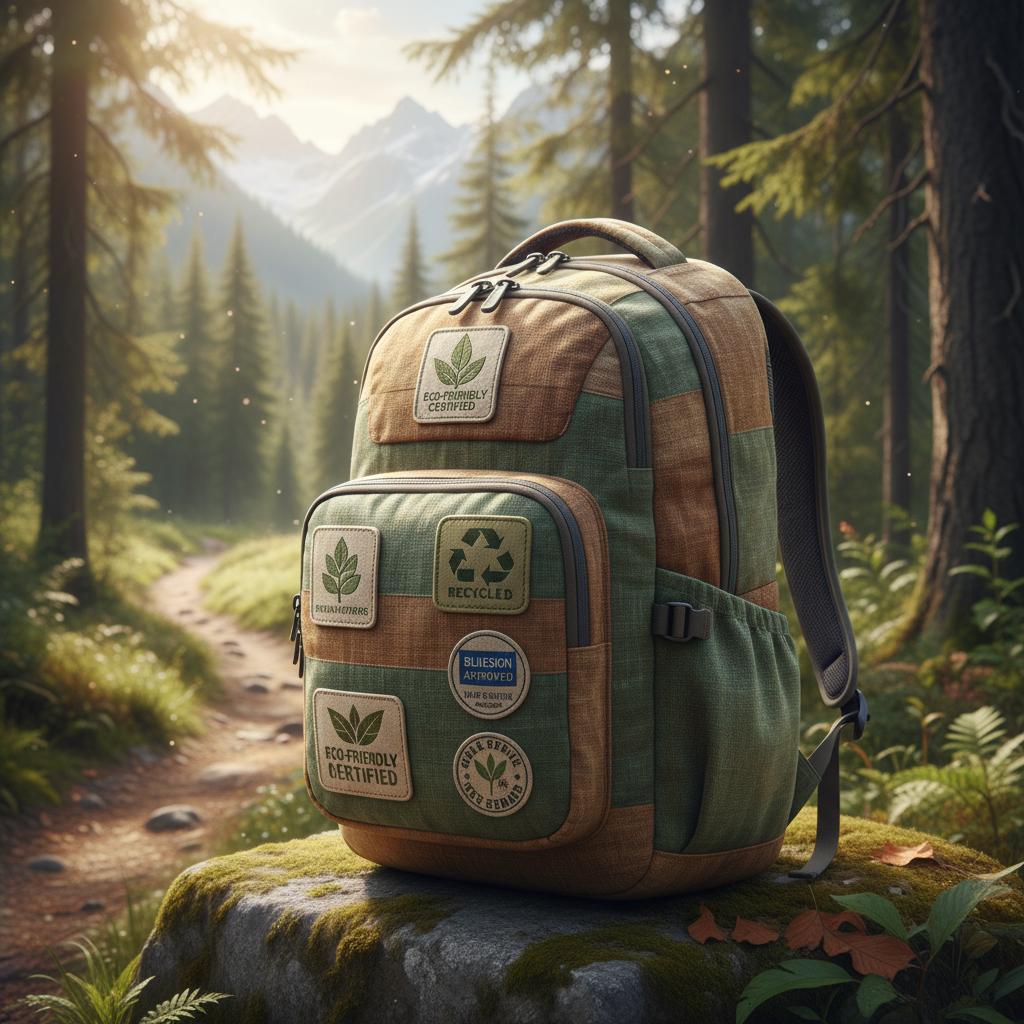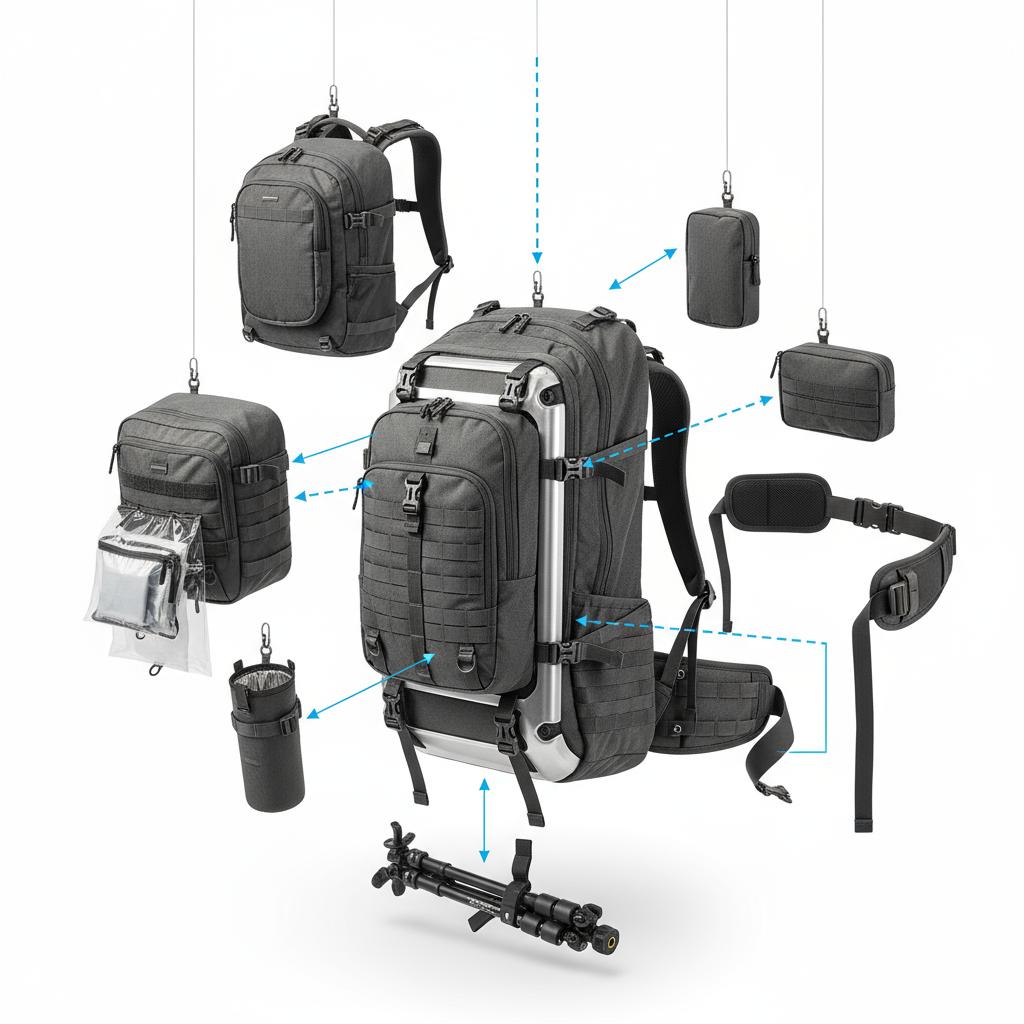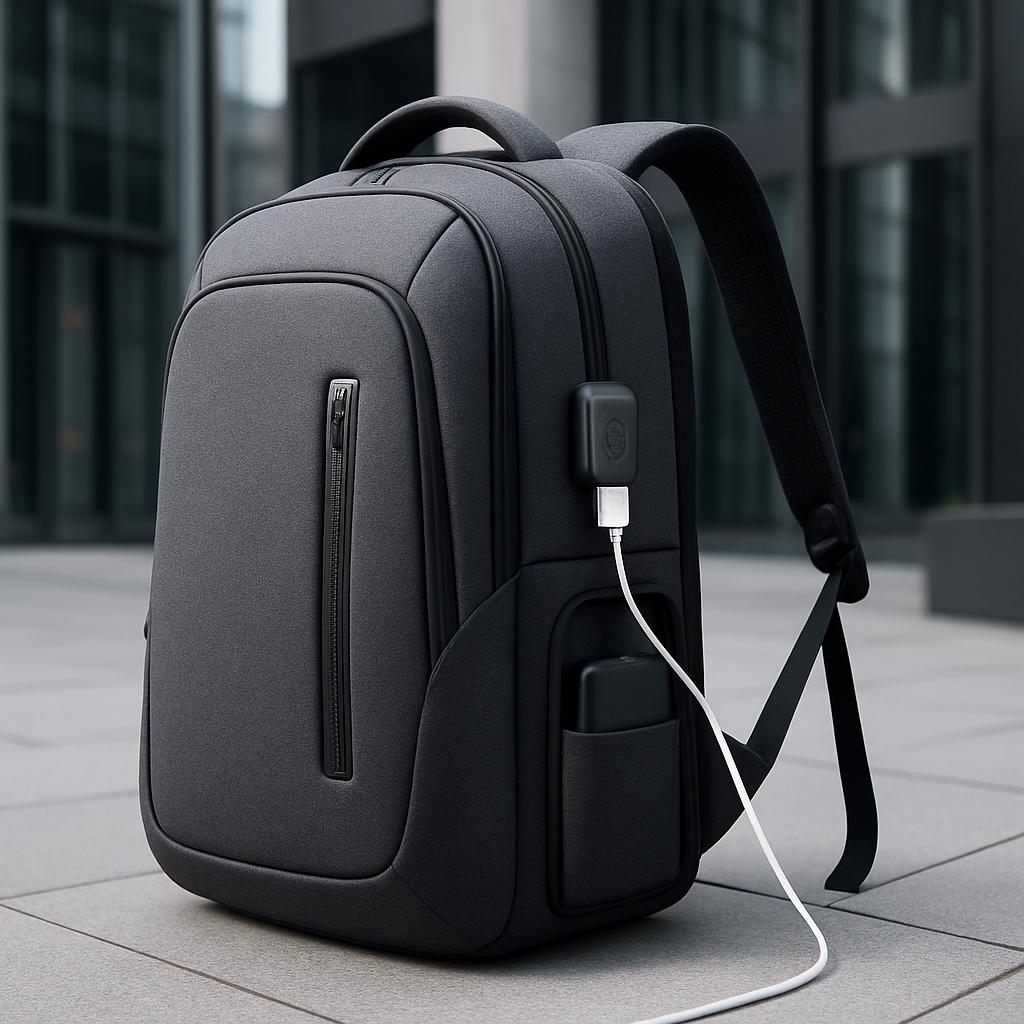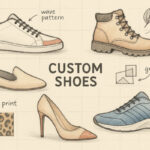The outdoor gear market is evolving faster than ever. Today’s consumers demand more than just a durable bag to carry their essentials; they seek innovation, sustainability, and versatility. For brands, staying ahead means understanding the forces shaping the future of product design. What are the new backpack features that will capture the market’s attention? This report dives into the top 5 outdoor backpack design trends for 2025, offering insights to help you create a product that resonates with the modern adventurer. Explore our custom design capabilities to bring these trends to life.

Trend 1: The Rise of Sustainable and Recycled Materials
Sustainability is no longer a niche interest; it’s a core purchasing driver. Consumers are actively seeking brands that align with their values, making eco-friendly materials a top trend.
Exploring rPET and Recycled Nylon Fabrics
Fabrics made from recycled plastics, like rPET (recycled polyethylene terephthalate), and recycled nylon are becoming industry standards. They offer comparable durability and water resistance to virgin materials but with a significantly smaller environmental footprint.
The Appeal of Natural Fibers and Bio-Based Plastics
Innovation is also happening with materials like hemp, organic cotton, and bio-based plastics derived from sources like castor beans. These materials appeal to the deeply eco-conscious consumer and offer unique aesthetic qualities.
How Sustainability Impacts Brand Image
Adopting sustainable materials is a powerful statement. It enhances your brand image, builds customer loyalty, and opens doors to new, environmentally-aware markets. It’s a trend that is both ethical and commercially smart.
Trend 2: Lightweight and Modular Designs for Versatility
The “one bag for everything” concept is gaining momentum. Consumers want gear that can adapt to different activities, from a mountain trail to a city commute. What are the latest hiking backpack designs focusing on? Adaptability.
The Quest for Ultralight Hiking Backpacks
Every ounce matters on a long trek. The push for ultralight gear continues, with manufacturers using advanced, high-strength, low-weight fabrics and minimalist construction techniques to shed grams without sacrificing durability.
What is a Modular Backpack System?
A modular system allows users to customize their pack for specific needs. This is achieved through a system of loops, straps, and compatible accessories that can be added or removed.

Removable Compartments and Customizable Add-ons
Think removable daypacks, attachable waist belts, or specialized gear pods (e.g., for cameras or laptops). These customizable add-ons transform a standard hiking backpack into a highly personalized piece of equipment.
Trend 3: Seamless Integration of Smart Technology
Technology is weaving its way into the fabric of outdoor gear, enhancing convenience and safety. The modern backpack is becoming a connected hub for the digital adventurer.
Built-in USB Charging Ports and Power Bank Pockets
A USB charging port on the exterior, connected to a dedicated power bank pocket inside, has become a must-have feature. It allows users to charge their devices on the go without rummaging through their bags.

Anti-Theft Features: Hidden Zippers and RFID-Blocking Pockets
For travelers and urban explorers, security is key. Features like hidden zippers, slash-proof materials, and RFID-blocking pockets to protect passports and credit cards are major selling points for any modern smart backpack.
The Future: GPS Tracking and Solar Panels
While still emerging, integrated GPS trackers and flexible solar panels are the next frontier. These features offer unparalleled safety and off-grid power, appealing to the serious adventurer and tech enthusiast.
Trend 4: Urban Aesthetics Meet Outdoor Functionality
The line between urban and outdoor gear is blurring. Consumers want high-performance products that don’t look out of place in a coffee shop or office.
Minimalist Designs and Clean Silhouettes
Bulky, overly technical designs are giving way to minimalist designs. Clean lines, concealed zippers, and a more streamlined look are in vogue, offering a sophisticated aesthetic.
The Crossover Appeal for Daily Commuters
A backpack that can handle a weekend hike and a Monday morning meeting is incredibly valuable. This crossover functionality appeals directly to daily commuters and makes the product far more versatile.
How This Trend Influences Color Palettes
Expect to see more muted, earthy tones and sophisticated urban colors like charcoal grey, navy blue, and olive green, moving away from the bright, neon colors traditionally associated with outdoor gear.
Trend 5: Enhanced Ergonomics and User-Centric Comfort
Ultimately, a backpack’s most important job is to carry a load comfortably. Innovations in ergonomics are continually improving the user experience.
Advanced Adjustable Suspension Systems
Modern suspension systems are more customizable than ever, allowing users to fine-tune the fit across the torso, shoulders, and hips. This ensures weight is distributed evenly, reducing fatigue.

The Importance of Ventilated Back Panels
Nothing is worse than a sweaty back on a hike. Ventilated back panels, which use mesh and molded foam to create air channels, are crucial for comfort, especially in warm climates.
Gender-Specific Fits for Hiking Backpacks
Recognizing anatomical differences, many brands now offer gender-specific designs. These packs feature contoured shoulder straps and hip belts designed to fit male or female bodies better, significantly enhancing comfort.
Stay Ahead of the Curve: How to Implement These Trends in Your Next Custom Backpacks
The future of outdoor backpacks is sustainable, versatile, smart, stylish, and comfortable. By integrating these five key trends, your brand can create products that not only meet the demands of today’s market but also anticipate the needs of tomorrow’s consumers. The key is to partner with a manufacturer who understands these nuances.
Ready to incorporate these cutting-edge trends into your next collection? Let’s discuss your project and create innovative custom backpacks together.
Frequently Asked Questions About Modern Backpack Design
What is the most durable and lightweight backpack material?
What is the most durable and lightweight backpack material? Materials like Dyneema® Composite Fabric (formerly Cuben Fiber) and high-denier CORDURA® or ripstop nylon offer an excellent balance of strength and low weight. The choice often depends on the specific application and cost target.
Are smart backpacks worth it?
Are smart backpacks worth it? For travelers, students, and digital nomads, features like built-in USB charging and anti-theft protection offer significant real-world convenience and security, making them a worthwhile investment. The value depends on the user’s lifestyle and needs.
How is sustainability measured in backpack manufacturing?
How is sustainability measured in backpack manufacturing? It’s measured in several ways: the percentage of recycled content in materials (like rPET), certifications like bluesign® (which ensures responsible manufacturing processes), and the overall durability and repairability of the product, which extends its lifespan. To learn more about material options, you can contact a knowledgeable bags factory.


